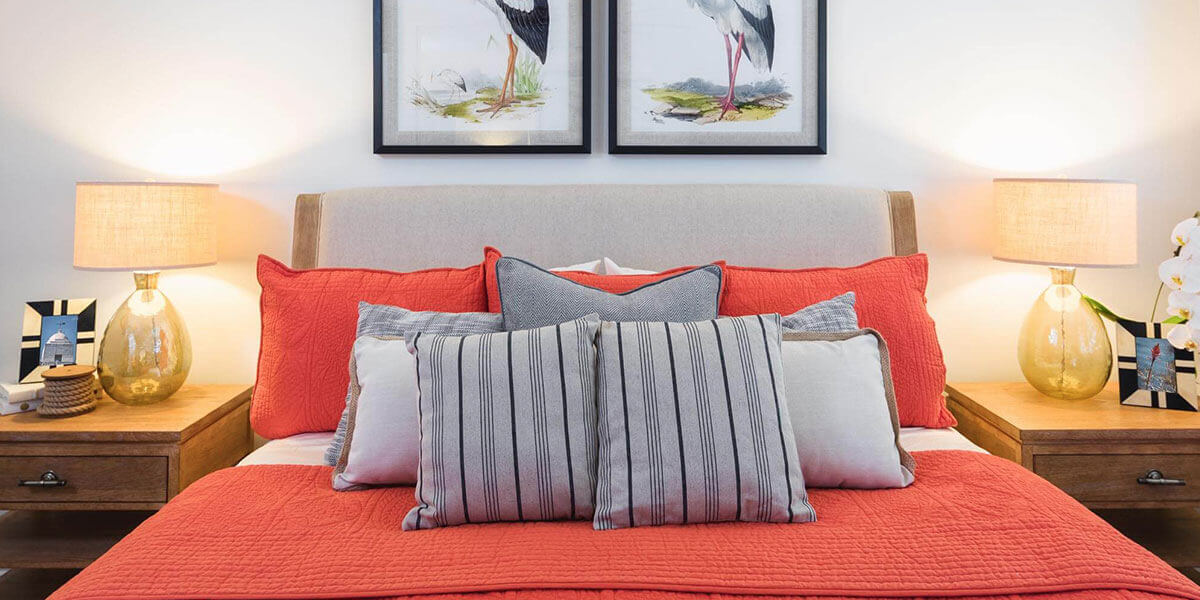
Making a House… Your Home
In being a “Home Makeover Specialist”, I have had multiple requests to send out a small guide in how to make a house your own. Whether you are a first-time homeowner, or a seasoned real estate buyer, one thing is for certain, there is no place like home. So, the question is: How does one turn any house into a place of comfort, peace, restoration and rejuvenation that is fitting to you and your family? Obviously, many things make up a home; mainly the people that live there. However, in tackling this question, we will start with just a few basic home decorating tips. Just following a few of these tips can make a drastic difference.
“A good home must be made, not bought.” – Joyce Maynard, “Domestic Affairs”
How-To-Guide….Making Your House, Your Home.
1. Lighting is everything. Light affects how one perceives a shade of color in a room, mood, emotion, and of course functionality. Often times, people leave lighting till the end, and don’t realize what a difference it makes when you have the right lighting in the right place. Your first investment should be to have optimal lighting throughout the house. Take into consideration sunset, sunrise, amount of natural light in the room and what you will be using the room for (cooking, reading, relaxing). Do your research on the type of fixture, bulb, and lumen output you should use, not watts (lumen count is the output of light, wattage is the energy usage). Place the light in areas that accentuate what you want to emphasize. Also, small LEDs and LED strips are great under cabinetry, shelving and art display.
2. Color. Color is a big psychological contributor to how one feels in a space. A certain color can trigger a certain emotion. Don’t be afraid to use bold colors. You can ALWAYS paint over it if you don’t like it! Also, be sure to ask for color samples from a paint retailer. Hang the sample on your wall for two days and see how the natural light affects the paint color throughout the day. A pastel yellow can look like a burnt yellow in certain lights.
3. Steer clear from the tendency to push furniture against the wall. Play around with space arrangements. Think outside the box. Don’t be afraid to arrange furniture diagonally, or placing items in unconventional locations. It adds character.
4. You can cover almost anything with paint. Do you have an old brick chimney? You can paint over it! Does your living room have dark wood panel walls? You can paint it! Your armoire wood stain color doesn’t match anything else? Paint it an accent color to make things pop! Bored with your dining room chairs? Paint them a bold color or neutral shade.
5. Learn the Golden Triangle Rule when applying wall paneling, arranging wall art, soft window treatments, etc. This comes from the ancient Romans and still holds true today to what humans naturally perceives as pleasing to the eye. The rule is to use the ratio of 1:1.6 in everything (~ 2/3). Notice that most paneling stops ~1/3 up the wall, as does where most window drapes are tied, where furniture height reaches, etc. Also, almost all cabinetry is broken up into 2/3 and 1/3 sections.
6. Personalize it! Nothing is more boring than a house full of new manufactured furniture and accessories. Re-frame an old drawing and hang it. Re-upholster grandpa’s reading chair that you love. Make a vase out of an bottle you found on vacation. It’s your home – make it your own.




